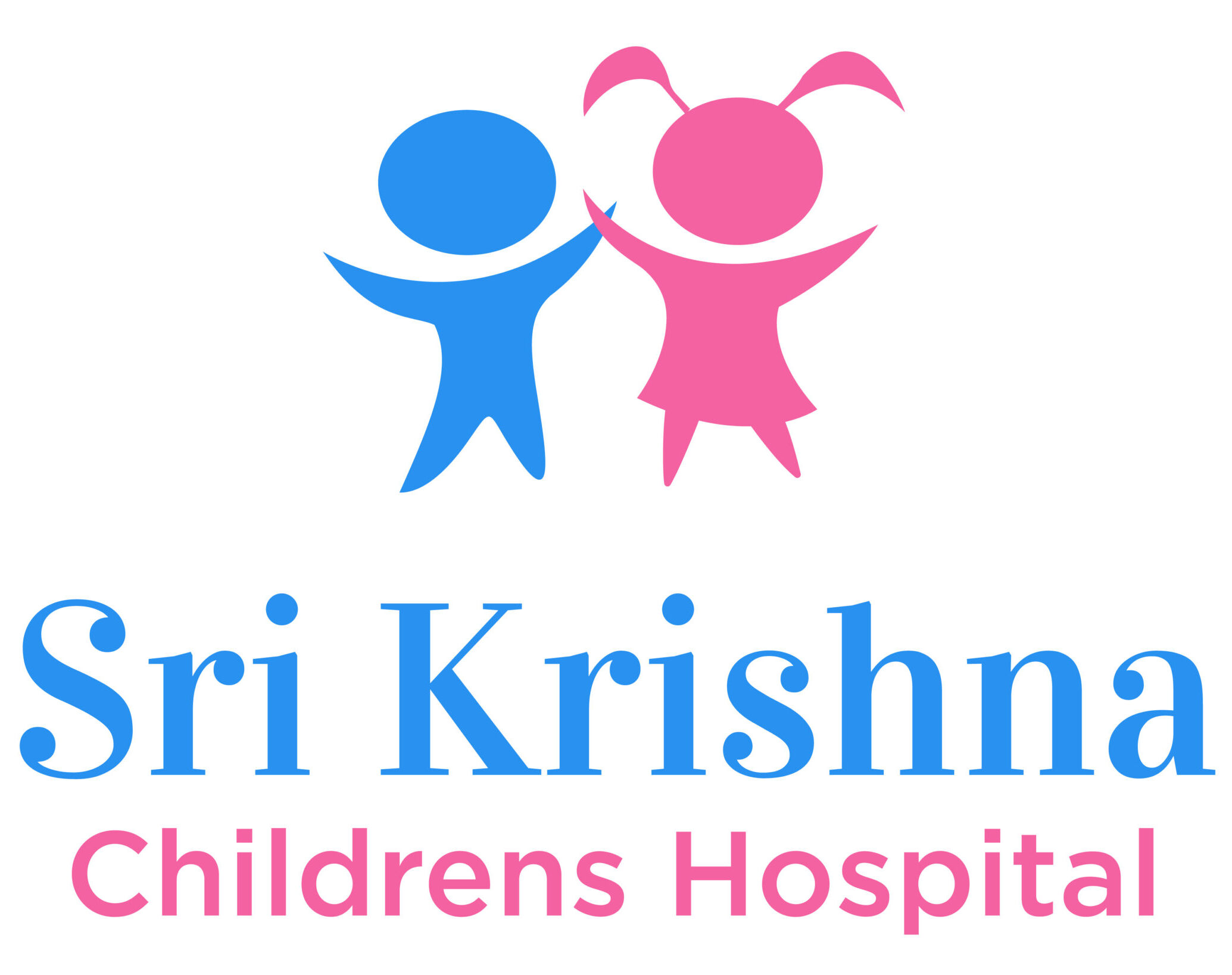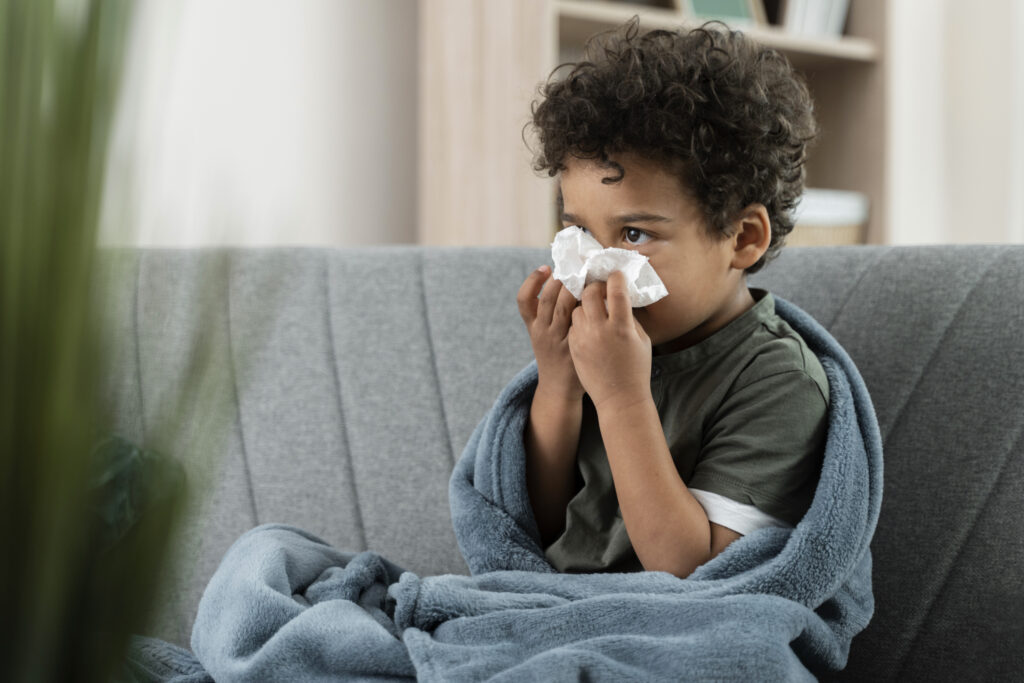Childhood allergies are common and can affect many children worldwide. Early signs, such as allergy symptoms in children, may include sneezing, rashes, or stomach issues. Because managing childhood allergies is important for your child’s health, parents often seek advice on pediatric allergy care. In this guide, you will learn about the symptoms, causes, diagnosis, and management of childhood allergies. You will also find tips for daily living and know when to see a pediatrician.
What Are Childhood Allergies?
Allergies happen when a child’s immune system reacts to something harmless, like pollen or certain foods. These things are called allergens. For some children, even a small amount of an allergen can cause a reaction. Although allergies can start at any age, they often begin in childhood. Some children may outgrow their allergies, but others may have them for life.
Common Symptoms of Childhood Allergies
Children can show different allergy symptoms. Sometimes, these symptoms are mild. Other times, they can be more serious. For example, a child may sneeze or have a runny nose. In other cases, they may have trouble breathing. Watch for these common signs:
However, not every child will have all these symptoms. If you notice any of these signs, it may be time to talk to your doctor.
Causes and Risk Factors
Many things can cause childhood allergies. Usually, the immune system mistakes harmless things for threats. As a result, it reacts and causes allergy symptoms. Common causes include:
Some children are more likely to have allergies. For instance, if a parent has allergies, their child has a higher risk. Living in areas with high pollen or pollution can also increase the chance of allergies. According to the CDC, allergies are one of the most common chronic conditions in children.
How Childhood Allergies Are Diagnosed
Doctors use several ways to diagnose childhood allergies. First, they ask about your child’s symptoms and family history. Next, they may do a physical exam. Sometimes, they suggest allergy tests. These tests help find out what is causing the reaction. Common tests include:
Because these tests can be complex, they should be done by a trained doctor. Early diagnosis helps with better management and care.
Treatment and Management Options
There are many ways to manage childhood allergies. The best plan depends on the type and severity of the allergy. Here are some common options:
Additionally, always follow your doctor’s advice. For school-aged children, inform teachers and caregivers about the allergy and emergency steps.
Tips for Prevention and Daily Living
Although you cannot always prevent allergies, you can reduce your child’s risk. Here are some helpful tips:
In some locations, such as cities with high pollution, children may have more allergy symptoms. Therefore, check local allergy forecasts and plan outdoor activities when pollen counts are low.
When to See a Pediatrician
Sometimes, allergy symptoms can be managed at home. However, you should see a pediatrician if:
Early medical care can help prevent serious problems. Also, a pediatrician can guide you on the best ways to manage childhood allergies.
Conclusion
Childhood allergies can affect your child’s daily life, but with the right care, most children do well. If you notice allergy symptoms in your child, do not wait. Consult a pediatrician for personalized advice on managing childhood allergies.


